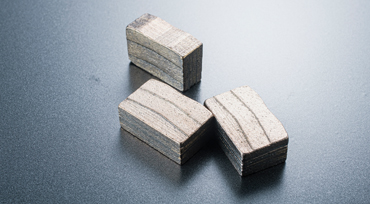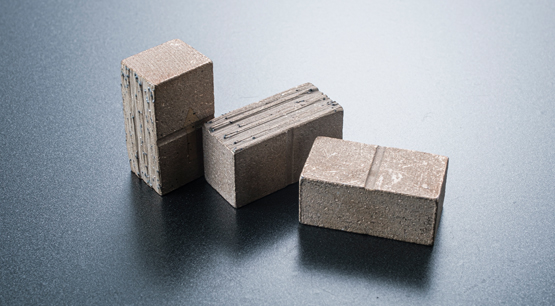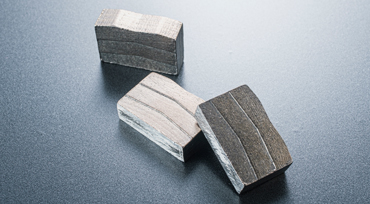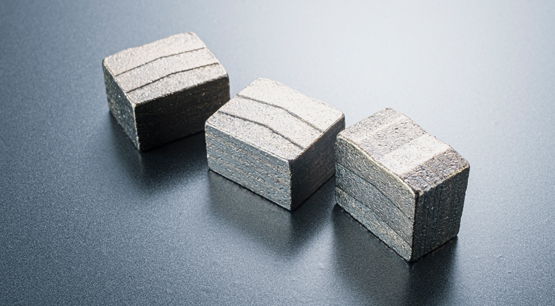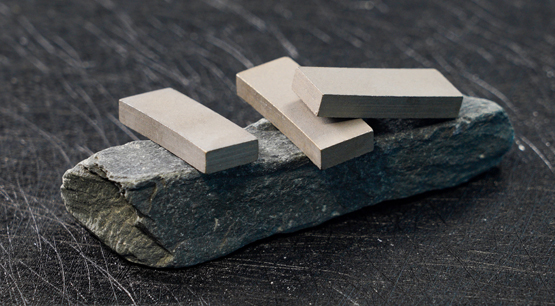Which is better, copper-based or iron-based, for diamond segments? Before answering this question, first we need to understand what are copper-based diamond segments and iron-based diamond segments?Before answering this question, first we need to understand what are copper-based diamond segments and iron-based diamond segments?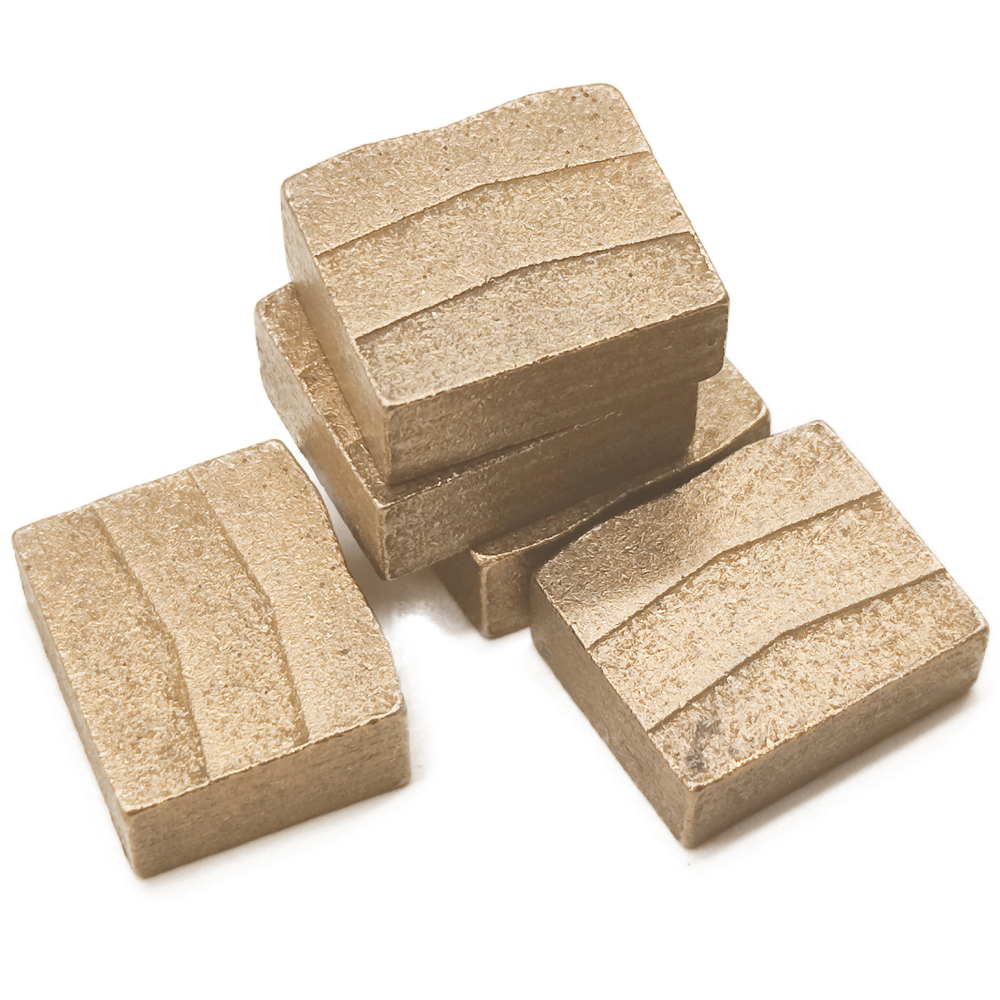 The diamond copper-based segment is a diamond segment made by embedding diamond particles in a copper bond through a certain process. The copper bond is usually made of high-purity electrolytic copper, which has good electrical and thermal conductivity and plasticity. Through the embedding of the copper bond, the diamond particles are closely combined with the bond, thereby improving the strength and durability of the diamond segment.
The diamond copper-based segment is a diamond segment made by embedding diamond particles in a copper bond through a certain process. The copper bond is usually made of high-purity electrolytic copper, which has good electrical and thermal conductivity and plasticity. Through the embedding of the copper bond, the diamond particles are closely combined with the bond, thereby improving the strength and durability of the diamond segment.
Diamond copper-based segments are usually used to process harder materials, such as stone, ceramics, refractory materials, etc., with efficient, precise and smooth cutting effects. Due to the extremely high hardness and wear resistance of diamond, the diamond copper-based cutter head is not easy to wear when cutting, and can keep sharp for a long time.
However, diamond-copper-based segments also have some disadvantages. Due to the different thermal expansion coefficients of diamond and copper, problems such as edge cracking and fracture are prone to occur during processing. In addition, the diamond-copper-based segment is also relatively fragile, so care should be taken to avoid collisions and drops when using it.
The diamond iron-based segment is a kind of diamond segment made of diamond particles as the main cutting material, which is made by mixing diamond particles and iron powder through high-temperature sintering, high-temperature sintering and other processes. It is usually used for cutting hard materials such as metals and ceramics. Compared with copper-based segments, iron-based segments are more wear-resistant and harder, and are suitable for materials that require higher hardness.
The process of making diamond iron-based segment includes the following steps:
1. Mix diamond particles and iron powder evenly in a certain proportion;
2. Fill the mixed diamond iron powder into the mold;
3. Sintering at high temperature to combine diamond particles and iron powder into a hard cutting layer;
4. The cutting layer is processed and trimmed by processing, grinding and other processes, and finally made into a diamond iron-based segment.
The performance of diamond iron-based segment depends on the quality and concentration of diamond particles, the quality and proportion of iron powder, as well as sintering temperature and pressure and other factors. In practical applications, it is necessary to make reasonable selection and use according to different cutting objects and conditions.
So which segment is better?
Copper-based and iron-based diamond segments have their own advantages and disadvantages. So it is better to make the specific choice depends on the application scenario and needs.
The advantages of copper-based segments include: good thermal conductivity, good wear resistance, strong corrosion resistance, and easy processing. Copper-based segments are suitable for processing high-hardness materials, such as quartz, sapphire, etc., and occasions that require high-speed cutting, such as ceramic tiles.
The advantages of iron-based segments include: high strength, good toughness, good stability, and low cost. Iron-based segnments are suitable for processing low-hardness materials, such as marble, granite, etc., and occasions that require fine processing, such as precision machining. 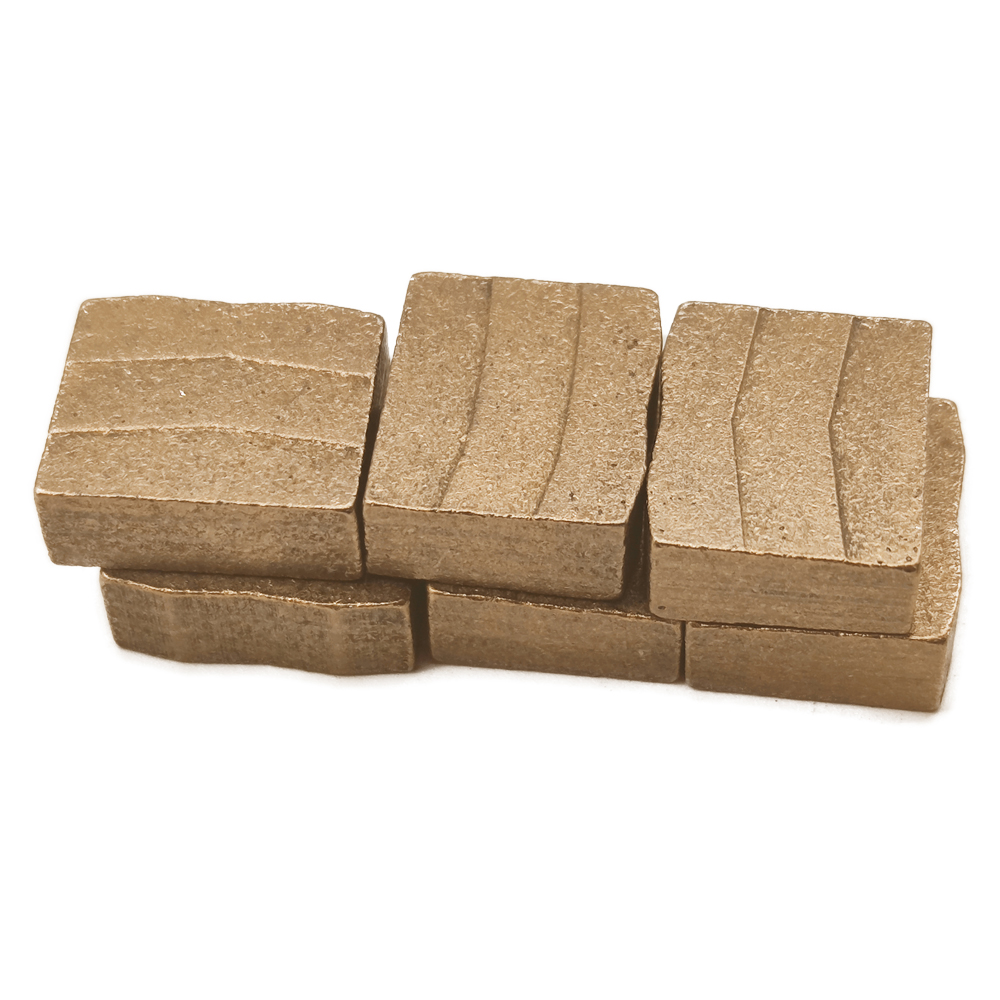 In general, copper-based segments and iron-based segments have their own applicable scenarios, which need to be selected according to specific needs and application scenarios.
In general, copper-based segments and iron-based segments have their own applicable scenarios, which need to be selected according to specific needs and application scenarios.

Copper-based or iron-based, Which is better for diamond segments?
Publish date:2023-04-11 17:13:35 Article From:Linsing diamond tools Clicks:



